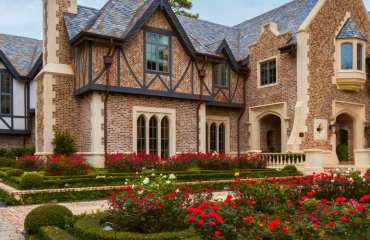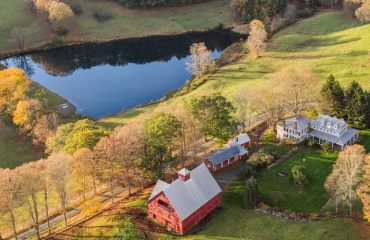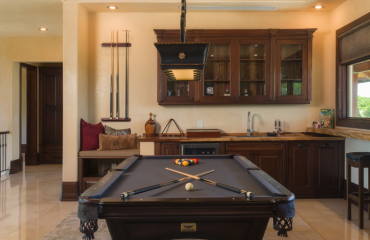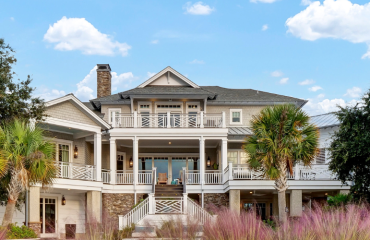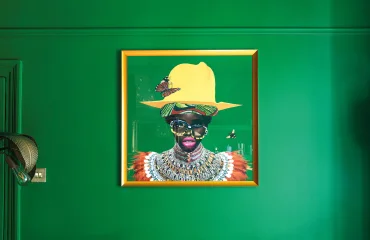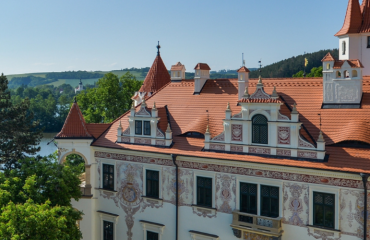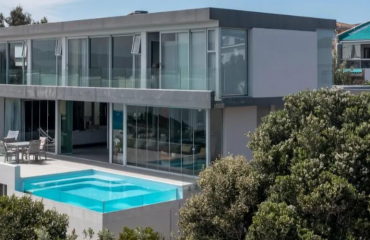The Milk of Dreams: Venice Biennale Returns in 2022
It’s the event the world’s art lovers have been waiting for—the 59th Venice Biennale—in which the most exciting work from all over the world is presented in one of the loveliest and most magical cities on the planet
